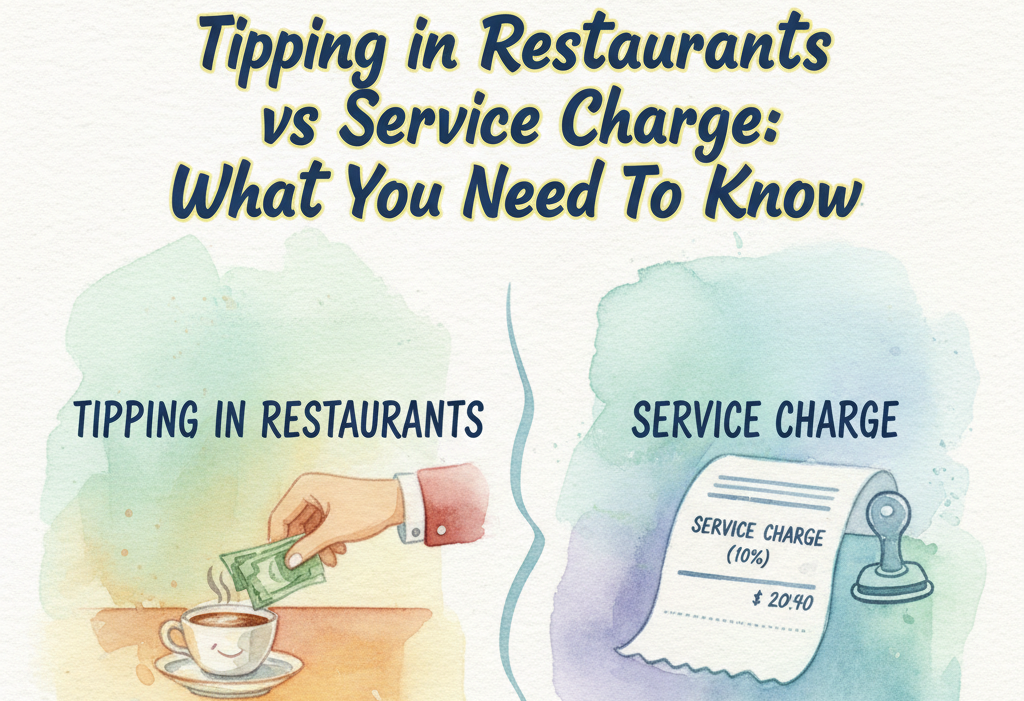Running a restaurant is more than just whipping up tasty dishes – it’s like a whole adventure, right? In this blog, we’re going to spill the beans on the financial and operational secrets every restaurant pro should have up their sleeve. First stop is sales Metrics – the health check for your restaurant. Then, we’re diving into Cost and Expense Metrics, basically your restaurant’s financial diet plan. Moving on to Customer Metrics because, let’s face it, happy customers mean a booming business. Last but not least, Operations and Efficiency Metrics, the unsung heroes behind the scenes.
So diving into the first section, that is sales metrics – this is like the pulse check for your restaurant’s health. First up, we’ve got Total Sales – the indicator that tells you how much money is flowing in. It’s the sum of all the ringgit ringing in your cash register. Next, there’s Average Check – this one’s all about figuring out the average amount spent by your customers on each visit.
Now, Sales per Square Foot is a bit like real estate for your revenue. It’s about figuring out how much revenue you’re generating in for every square foot of your restaurant space. Lastly, there’s Sales Mix is the breakdown of what’s flying off your menus. This helps you spot the rockstars and the underperformers. Is the steak outshining the salads? Time to know.
In the world of running a restaurant, keeping the ship sailing smoothly financially is as crucial as crafting the perfect menu. That brings us to the second section which is all about Cost and Expense Metrics. First up, we’ve got the Food Cost Percentage – it’s like your kitchen’s financial diet plan. This metric tells you the percentage of total sales that went into buying those juicy steaks, crisp veggies, and all the other ingredients that make your dishes sing.
Then, there’s the Labor Cost Percentage, which shows you the slice of your sales pie that has gone into paying your hardworking staff, from chefs to servers. Now, meet the heavy-hitter, Prime Cost, which is the sum of the cost of goods sold and labor costs. This metric lays it all out on the table, giving you the big picture of your operational expenses. Lastly, we’ve got the Operating Expenses Ratio which tells you the percentage of your total sales that’s covering the other backend costs like rent, utilities, marketing, etc.
Let’s move on to the third section which talks about Customer Metrics, because keeping your customers smiling is like having the secret sauce to success in the restaurant biz. First on the menu is the Customer Satisfaction Score. Collecting feedback lets you peek into your customers’ minds and see how happy they are. It’s like a virtual thumbs up or thumbs down Then there’s the Repeat Customer Rate – the loyalty card of the restaurant world. This metric tells you how many folks keep coming back for seconds (or thirds). The higher the percentage, the more you’ve got a fan club building up.
The next one is the Average Table Turnover Time. It’s all about making sure your customers aren’t tapping their forks impatiently and getting their orders swiftly. Faster turnover means more happy bellies and more business. Lastly, we’ve got Online Reviews and Ratings – your restaurant’s report card. Monitoring and responding to reviews keeps your reputation in shape. It’s the modern-day word of mouth, and you want it saying all the good stuff.
Let’s jump into the fourth section which is Operations and Efficiency Metrics. First off, we’ve got the Table Occupancy Rate. Calculate the number of tables occupied during peak hours. High occupancy means you’re on the right path. Now, let’s talk about the backbone of your operation – your staff. The Employee Productivity metric is like your staff’s MVP scoreboard. Measure their efficiency by tracking metrics such as sales per labor hour.
Ever wondered where those extra fries or the broken wine glasses end up on the balance sheet? Enter the Waste and Breakage Percentage – it’s like the Sherlock Holmes of your kitchen. Evaluate how much food and drink are saying their goodbyes prematurely. Trim the waste to trim your expenses. Lastly, we’ve got Inventory Turnover – the revolving door of your stockroom. It’s all about figuring out how many times your inventory is getting sold and replaced within a set timeframe. A high turnover means you’re not letting goods gather dust; you’re turning them into gold.
We’ve just taken a deep dive into the nuts and bolts of running a restaurant. It’s like peeling back the layers of a delicious lasagna – each metric playing a crucial role in the grand feast of your eatery’s success. So, armed with these tricks of the trade, go ahead, spice up your sales, keep those costs in check, make your customers happy dance, and run your operation like a well-oiled kitchen. Don’t forget to calculate and share the average table turnover time in the comments below.



